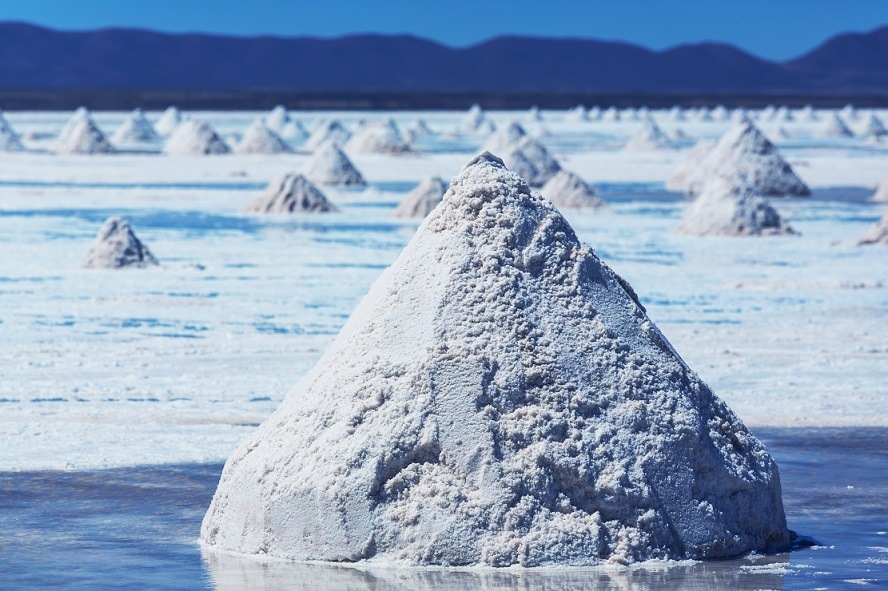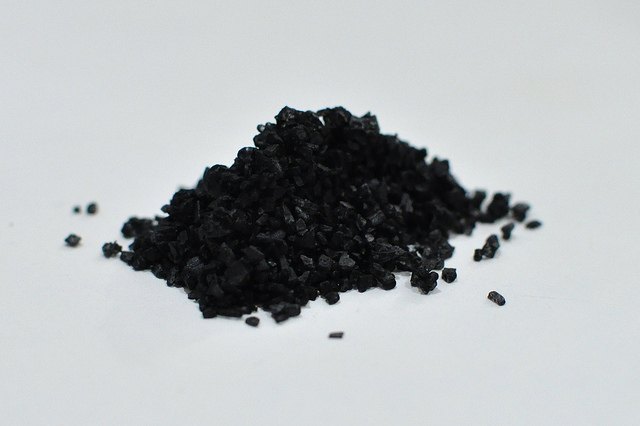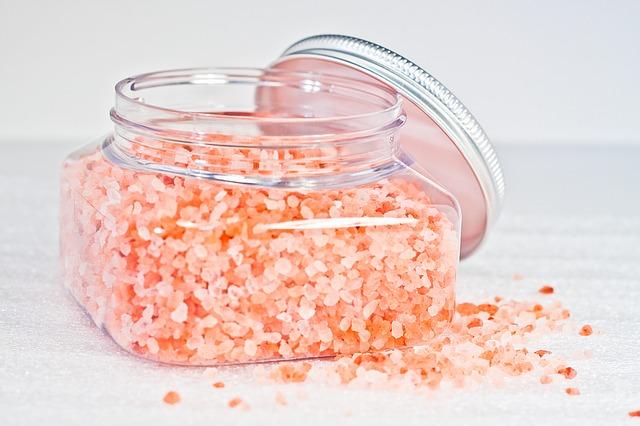Salt is the most common as well as most important ingredient for any savory dish. It is the ingredient that makes all other ingredients taste their best. The benefits of adding right amount of salt in culinary delights is very well-known, however this humble ingredient has a big role to play in health management as well.

Earlier there were only two options explored regarding the type of salt – iodized salt and rock salt, but now there are many types of salt added to the list and each of these have unique properties that add to the health quotient of the dish. The salt that was earlier seen as white powder has now been found in many colors. Your confusion about selecting the right salt has increased manifolds with exposure to more salt types, but with appropriate guidance it is possible to make the right choices!
Types of Salts
- Common Salt or Table Salt – This is the salt that is commonly used in every household. It is one of the most refined forms of salt available in the market. The naturally available salt is treated at 1200F to remove all impurities, but even the healthy compounds are removed during the process. The salt is then treated with other additives to make it free flowing and also inhibit its property of trapping moisture. The only benefit of this salt is that it is fortified with iodine that is very essential for the body. This refined version of salt is bleached to get the pleasing white color, however it is considered to be the main trigger for the sodium induced diseases.
- Black Salt – Black salt is the best remedy for digestive problems. The origin of black salt is found in two different areas – Hawaii and India. The one that originates from Hawaii is a lava salt and very rich in active charcoal.

photo credit: Frédérique Voisin-Demery The volcanic salt has properties that remove impurities from the body by aiding digestive system. Another variety from India is rich in Sulphur.
This salt takes pink color when powdered and Sulphur makes it good for digestion. - Sea Salt – The name itself suggests that sea salt is the salt procured from oceans. This is the natural salt and unrefined one. It has traces of iodine and many natural compounds in place. It can be found in coarse as well as the powdered form. The unrefined form of salt if good for many reasons but at the same time it raises concern amongst the consumers due to the ocean pollution. Sea salt can be used in combination with other salts to get the best results.
- Kosher Salt – The term Kosher means legitimate and this salt is called so due to its properties that make it useful as per Jewish laws. The meat according to Jewish laws can be consumed only after the blood is completely extracted from it. The use of Kosher Salt is made to extract blood from the meat before it is cooked. It has got flaky texture, which is quite different from the regular salt. It is spread easily and the texture makes it good for blood extraction. The taste is not much different from regular salt. You will find some amount of iodine and anti-caking agents in it. This salt is used more by chefs because of its texture.
- Himalayan Pink Salt– The salt mined from Himalayas is mainly produced in Pakistan. It is produced in Khewra Salt Mine that is the second largest in the world. The pink color of the salt is due to the rich iron oxide or rust content.
 The mineral rich salt has potassium magnesium, iron, and calcium in small amounts. Studies have revealed that this salt has traces of 84 essential elements required for healthy living. The salt tastes almost same as the regular salt, but has lower sodium content that makes it preferred option. Researchers have found this salt good to treat muscle cramps, establishing pH balance, and regulating blood sugar levels.
The mineral rich salt has potassium magnesium, iron, and calcium in small amounts. Studies have revealed that this salt has traces of 84 essential elements required for healthy living. The salt tastes almost same as the regular salt, but has lower sodium content that makes it preferred option. Researchers have found this salt good to treat muscle cramps, establishing pH balance, and regulating blood sugar levels.
Apart from these five popular types, there are many other salt types that can be distinguished according to their color, origin, and health benefits. If you really want to make your every meal healthy then use them all in combination to get the best of all on your palate.
Leave a Reply